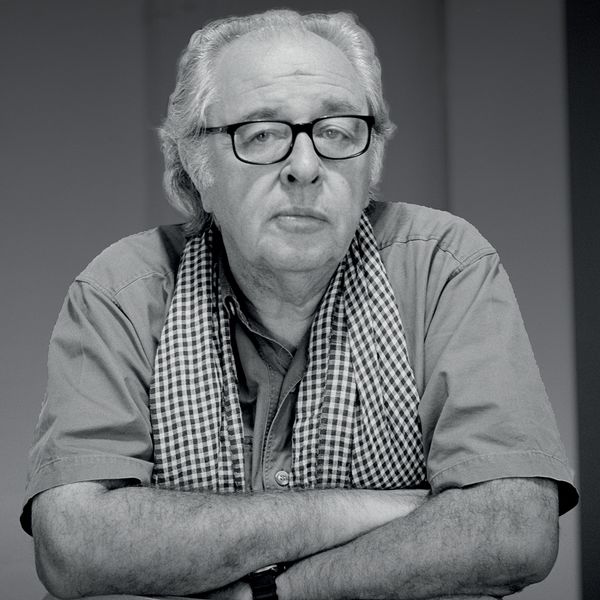First ever biography for 'one of the world's best photo-journalists', Welshman Philip Jones Griffiths
Philip Jones Griffiths is remembered mainly for his photographs of the Vietnam war – photographs that contributed to changing the attitude of the American people towards the war. During his career he visited 140 countries, many of them that were at the heart of the horrors of war and suffering. But Philip would refuse to be labeled as a war photographer. It was not war in itself that spurred his interest, but to find the root of why that war was taking place, and the effect it had on the lives of innocent people.
In Vietnam he believed that the US forces tried to push their own values on the old local civilization, which reminded him of the cultural and linguistic conflicts he had experienced during his childhood near the Rhuddlan border. The reason for him to be so successful in his work in Vietnam was that his apprenticeship for that country had begun during his childhood in Wales, he said. This volume also tells new and humourous stories about that childhood.
His objective through his work, he said, was ‘to spread light on the dark shadows of the world’.
‘I had decided that I would be the one to find out what the truth was,’ he said, ‘Taking real-life photographs of real people, that's my ambition.’
After leaving St Asaph Grammar School, Philip studied at the School of Pharmacy at the University of Liverpool before working as a pharmacist with the Boots company in London. He began to take photographs in his spare time for papers like the Observer and the Sunday Times, before becoming a full-time photographer. He went to live in New York after becoming president of the famous Magnum photography agency, a post he held for five years, longer than anyone else.
In his tribute, another Magnum photographer, Stuart Franklin, said ‘He gave to photojournalism its moral soul’.
The hardback volume contains fifty of Philip’s photographs, some portraying the horrors from the battlefield, others portraying an industrial Wales that has long since gone. Philip Jones Griffiths’s photos, like Philip himself, are a mixture if the sorrowful and the light-hearted.
The author and journalist Ioan Roberts from Pwllheli first came to know Philip Jones Griffiths in 1996 through his work in the world of television, and both were in occasional contact until Philip’s death in 2008.
‘Crucial to his work was his humility, his love for people and his intuitive sympathy with the weak. That came from his Welshness and his Welsh upbringing,’ said Ioan, ‘Through shining a new light on his backstory, I hope this volume will make the shining career of Philip Jones Griffiths easier to understand’.
‘Philip had strong convictions, he was a giant of a man physically and in terms of his presence, but yet friendly and witty.’
His work has attracted praise from some famous figures in world of photo-journalism including one of the founders of Magnum, Henri Cartier-Bresson, who said, ‘no-one since Goya has portrayed war as Philip Jones Griffiths did.’
And Australian photographer, journalist and director John Pilger said,
‘He was the greatest photographer and one of the finest journalists of my lifetime, and a humanitarian to match. His photographs of ordinary people, from his beloved Wales to Vietnam and the shadows of Cambodia, make you realise who the true heroes are. He was one of them.’
In the words of Marian Delyth, who contributed to the foreword of the volume,
‘It would be a matter of pride for Philip to see that it is in the Welsh language that his first biography is being published. Its now been ten years since we lost him. One part of Philip’s wishes were fulfilled – that his work was kept in Wales.’
‘It is now our responsibility to ensure that those images can continue to influence contemporary opinion in every period as they did with the Vietnam war’ she added.
